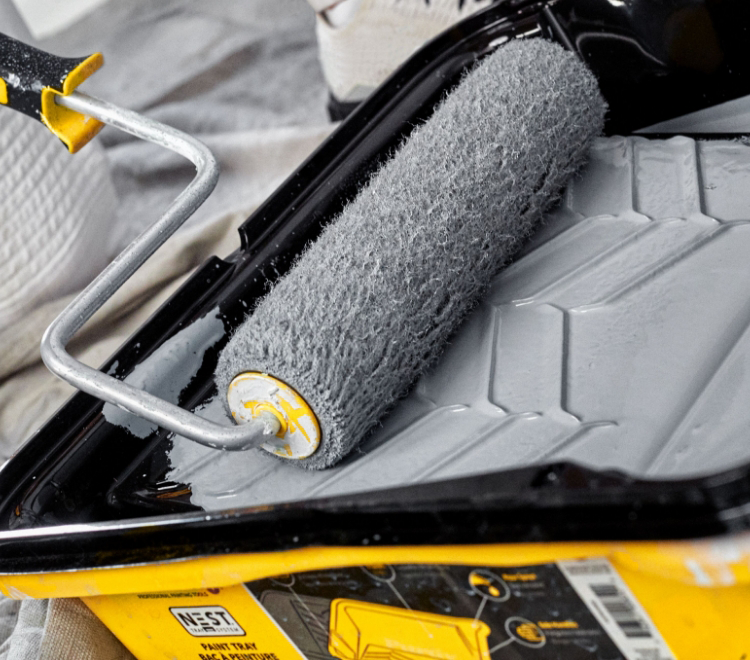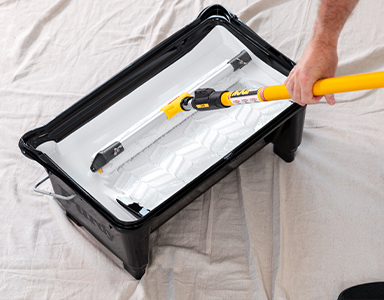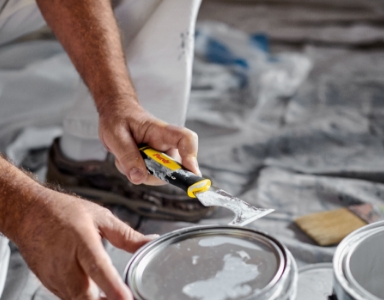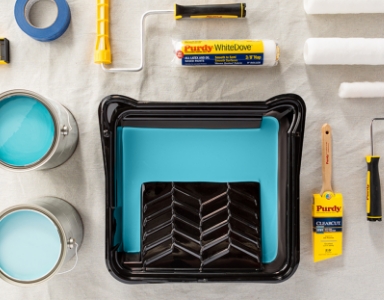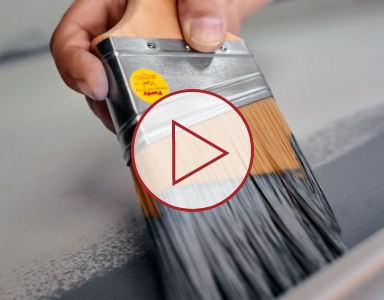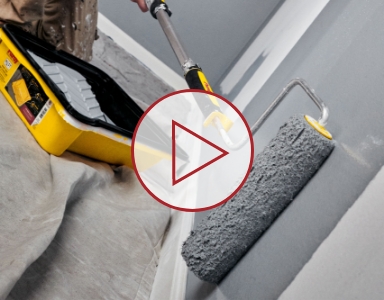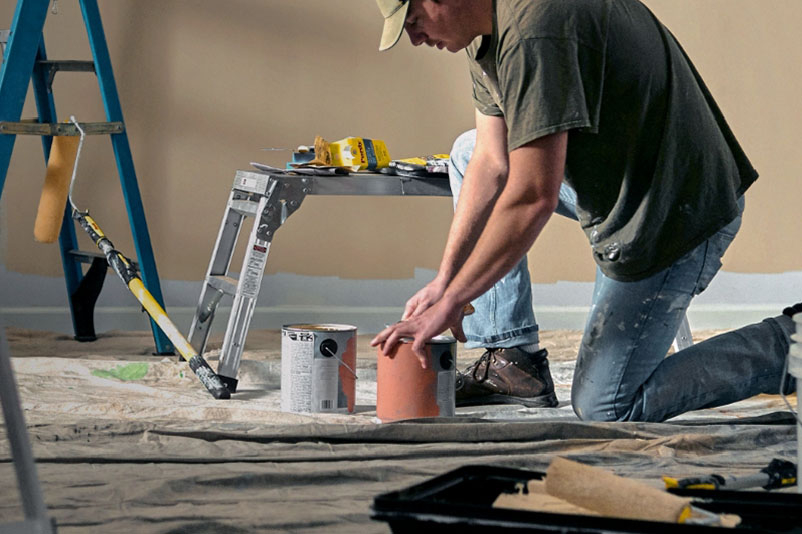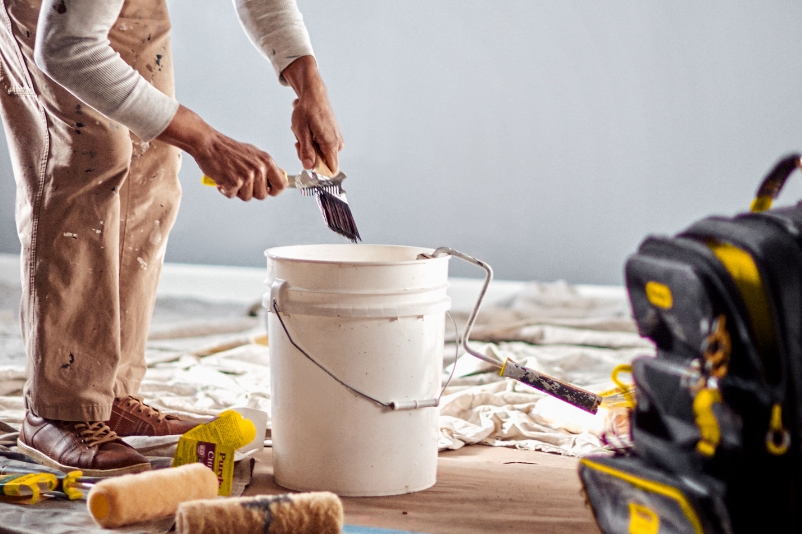Maximize your touch up skills to minimize having to repaint a whole wall. Your goal is to achieve a nearly invisible “fix” … and there are ways to get that done. It’s important to apply touch-up paint using the same technique as the original application, if possible, to avoid having any difference in sheen or texture. Be sure to use paint from the original batch and under similar temperature and humidity conditions, as well. Repair the defects first. Then scuff sand the space around the patched area and apply a drywall primer. For painting, apply a thin coat, reducing some of the original paint by about 25 percent. Then apply the paint to the center of the patched area, using the original application method, and work it away from the patch. By feathering the touch-up out from the patch, the difference in film build and appearance should be minimal, since you will be blending it into the surrounding areas. If the repaired areas are still noticeable, you may have to paint the entire wall.
